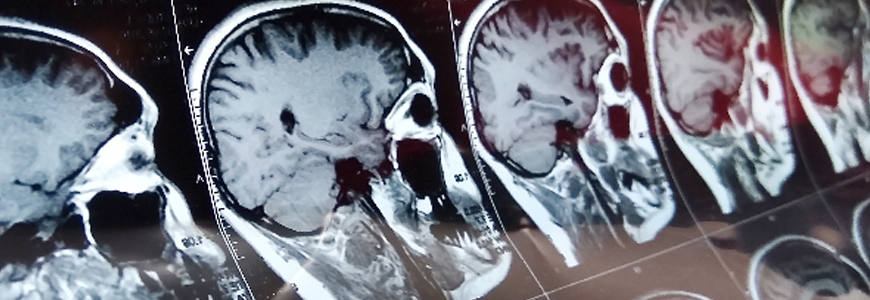Depending on the type and location of a tumor in the head or neck, free flap reconstructive surgery can often be curative either on its own or in combination with chemotherapy and/or radiation therapy. However, educating patients on the complexity of this time-sensitive, microvascular reconstructive technique can be difficult, as complications from free flap tissue transfer can lead to loss or death of the flap.
Trinitia Y. Cannon, MD, a Duke otolaryngologist, head and neck surgeon, and microvascular surgeon who leads a new multidisciplinary clinic at Duke Raleigh Hospital, says the success of this technical procedure depends on the expertise of the surgeon and the microvascular perioperative care team.
“My team and I help our patients understand that these complex surgeries will cause a change in their quality of life, such as difficulty chewing, swallowing, talking and breathing, that they have to be willing to accept in order to fight the cancer,” says Cannon, “but reconstructive surgery using vascularized free flaps helps to mitigate some of those challenges.”
This technical procedure often involves extracting free flap tissue from the forearm, thigh, fibula, or scapula and transferring it to a new location to rebuild soft tissue and/or bone that was removed during the cancer resection. However, the two-team approach—one to remove the cancer and the other to simultaneously harvest the free flap—can extend the surgery up to 15 hours due to the complicated microvascular techniques required to avoid thrombosis.
With 10 years of reconstructive experience and a free flap surgery success rate higher than the national average, Cannon offers some tips for selecting appropriate patients, preparing them for such a complicated surgery, and ensuring postoperative recovery.
Selecting Appropriate Patients
Typically, patients who develop head and neck cancers are of advanced age, have several comorbidities (often related to tobacco use), and have problems with malnutrition due to difficulty using their tongue, throat, or voice box. In addition, those who have undergone chemotherapy and/or radiation therapy may also experience wound healing issues.
Cannon explains that taking a holistic approach to patient selection is key. Through a series of evaluations, Cannon assesses the entire patient and determines whether they are physically and mentally ready for this type of surgery.
“The biggest hurdle I face when explaining free flap surgery is helping patients understand that this is something they can physically tolerate and mentally withstand,” she says. “I often have to send patients for cardiac clearance to make sure their heart is healthy enough to withstand a long procedure. Other times, our palliative care clinic sees patients to assess a patient’s mental health prior to undergoing treatment. It truly is a team effort to help patients beat these cancers.”
Preparing Patients for Free Flap Surgery
It can be overwhelming for the patient and their loved ones to hear about the different options for head and neck reconstruction and potential complications, Cannon explains, but she has found success in explaining the surgery step by step in a manner that they can understand.
Cannon also stresses the importance of informing patients that the detailed treatment plan is decided on by the entire multidisciplinary team. Upon her arrival at Duke Raleigh Hospital in January 2020, Cannon developed and implemented a massive education program for staff in the hospital units who care for this patient population.
“Everyone involved in patient care—including oral maxillofacial surgeons, speech language pathologists, dietitians, physical and occupational therapists, respiratory therapists, and the anesthesiology and ICU teams—has been specially trained on how to care for the complex needs of these patient at Duke Raleigh Hospital,” she says.
Ensuring Postoperative Recovery
Cannon notes that it’s essential to develop the surgeon-patient relationship throughout the preoperative period to mitigate postoperative complications. “Early education and mental preparation on the patient’s part prior to the surgery really helps them understand what the outcomes are going to be if they follow our instructions well,” she adds. “For example, it’s important for them to be out of bed early on and walking postoperatively on day 1; otherwise, they can develop pneumonia, which keeps them in bed much longer.”
In addition, Cannon and her multidisciplinary team have implemented innovative measures to monitor the flap in the postoperative period. The flaps are monitored for color, blood flow, and pulse signal every hour for the first three days and then every four to six hours after that. In addition, an implantable Doppler is placed around the artery used to give blood flow to the flap, which enables the team to hear the flow of blood through the flap postoperatively. If the color changes on the flap or the blood flow signal is lost, the patient is assessed and a decision is made to return to surgery to help with blood supply.
